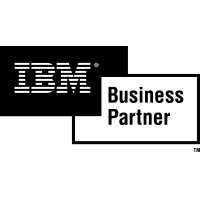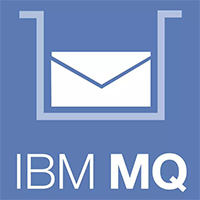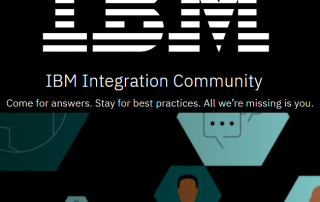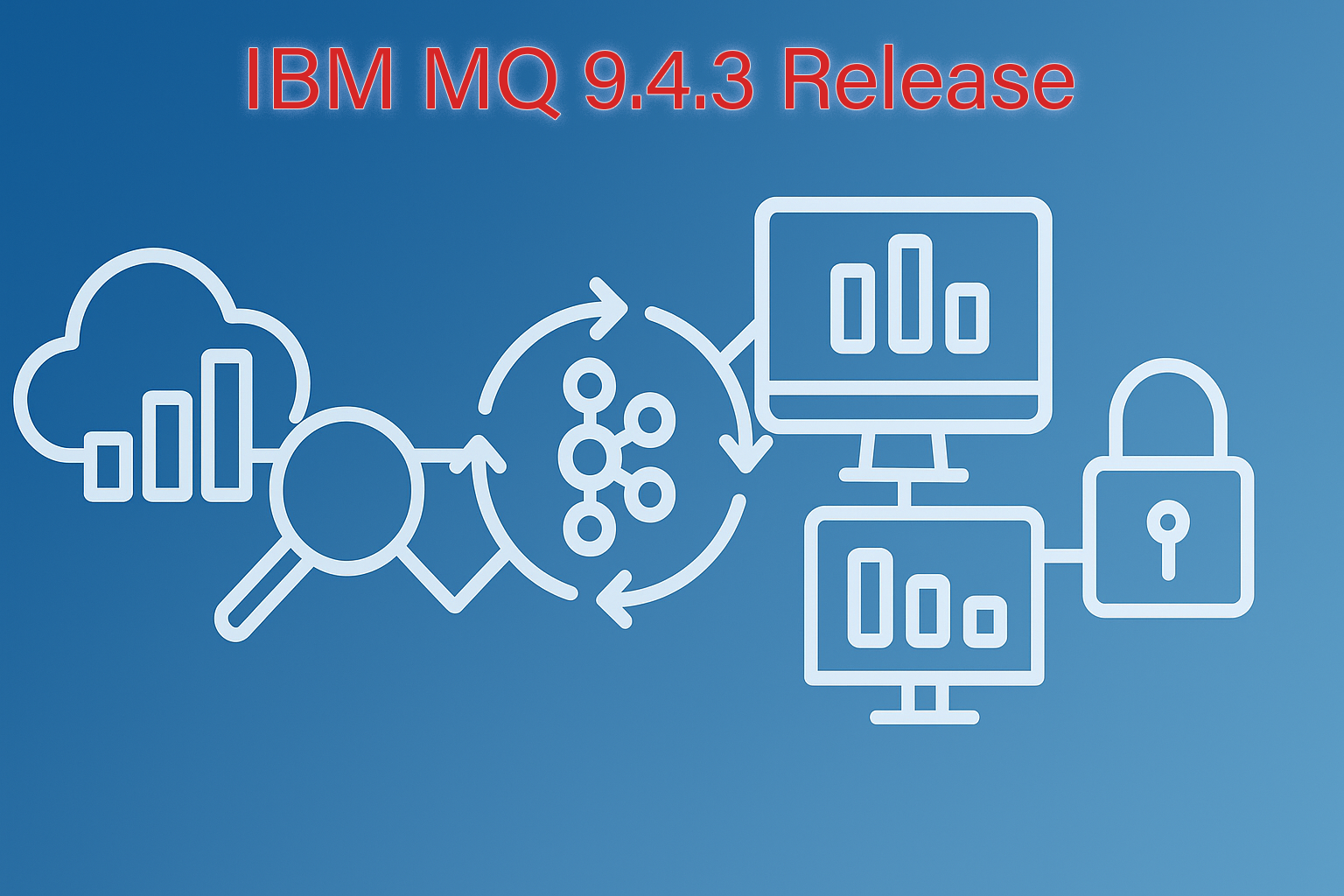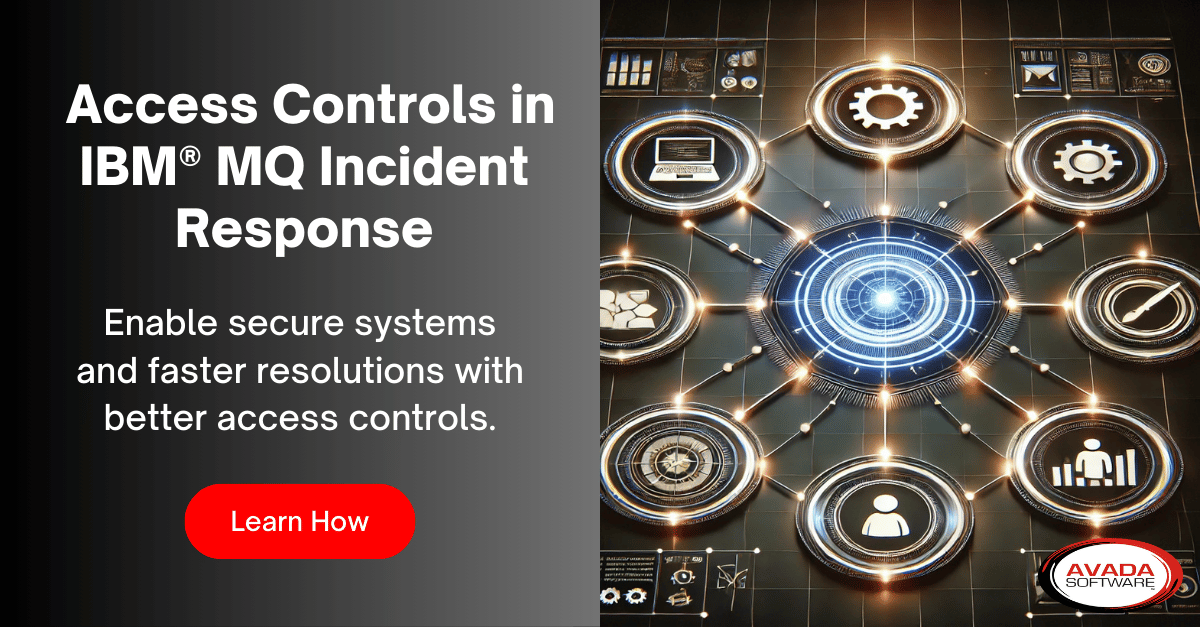Navigating Kafka Transactions: Essential Skills for Kafka and IT Administrators
Apache Kafka, a leading open-source distributed event streaming platform, has impacted how organizations handle real-time data. By enabling high-throughput, fault-tolerance, and real-time processing, Kafka has become indispensable in many data-intensive applications. For Kafka and IT administrators, understanding how to effectively manage and monitor Kafka transactions is critical. With the challenge of maintaining consistent data flows and preventing data loss, the task can seem daunting. But we’re here to help.
Kafka Transactions and Messaging: The Basics
Kafka transactions are the solution to tackling data inconsistency and loss in your streams. These transactions ensure your records are delivered exactly once, eliminating risks of data duplication or loss.
Kafka’s messaging system allows for data to be stored, processed, and reprocessed as needed. This dynamic feature guarantees a consistent, reliable, and readily available data flow.
However, with Kafka’s complexity, effectively managing and monitoring transactions can be a challenging task.
Looking for expert guidance on managing and monitoring Kafka transactions?
We have the solution. Avada Software revolutionized MQ management and monitoring, and now we have added Kafka into our expertise as Kafka has grown significantly. Here is an educational webinar, “What You Need to Know About Managing and Monitoring Kafka Transactions”.
Discover how to:
- Know what you need to monitor with Kafka – topics, servers, etc.
- Determine what conditions and thresholds to set and create alerting scenarios in seconds.
- Enable secure self-service and automated Kafka incident resolution.
- Crate useful dashboards with real-time and/or historic data, for every team across your organization
- Organize users and assets for management best practices
This webinar is an invaluable resource for both seasoned and novice Kafka and IT administrators
Next step, learn more: Avro vs. Protobuf: Choosing the Superior Data Serialization Method for Kafka and High-Throughput Systems
Avro & Protobuf are two of the most popular data serialization frameworks for organizing and storing data. They are really important when used with systems like Kafka that process large volumes of data in real-time.
Here is a short article comparing these two frameworks and our conclusion on why one stands out when it comes to working with Kafka.
Check it out to figure out whether Avro or Protobuf is the best choice for you.
Or, check out any of our other helpful Resources below.

What The Industry is Saying About Infrared360
One of many testimonials: “The product has a small footprint on our system. We don’t use a lot of clients. They’re very knowledgeable of MQ, which we use. It’s what we use for monitoring our MQ system, so the features that they provide are just really, really good.”

5 Challenges & Solutions When Modernizing Your Middleware Infrastructure
According to leading analyst firms, certain modern architectures and processes have added to the complexity of managing distributed systems. This has highlighted gaps in available monitoring processes and products, creating challenges for I&O professionals attempting to manage aggressive service-level objectives. read how Messaging and Middleware leaders are tackling this.

Case Study: Parker-Hannifin
Parker-Hannifin Corp specializes in motion and control technologies serving over 49 countries. They needed persona based access to enable their technology teams in more than 500 locations as well as pro-active monitoring to ensure that transaction in their supply chain were not adversely affected. See how Infrared360 solved this specific challenge and more here.

Case Study: Sompo Int’l
Sompo Int’l Holdings is a global specialty provider of provider of property and casualty insurances. Growth due to M&A created the need for an enterprise integration platform. The platform team needed insight into performance of web services based traffic to ensure low latency & high integrity; a solution that would identify issues and prevent them before any customers were negatively affected.
